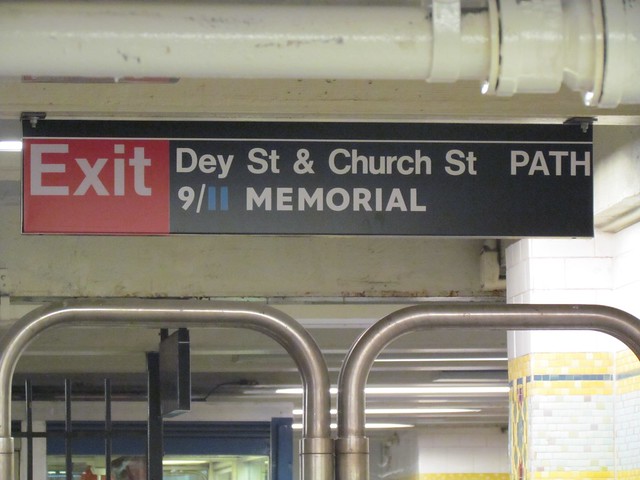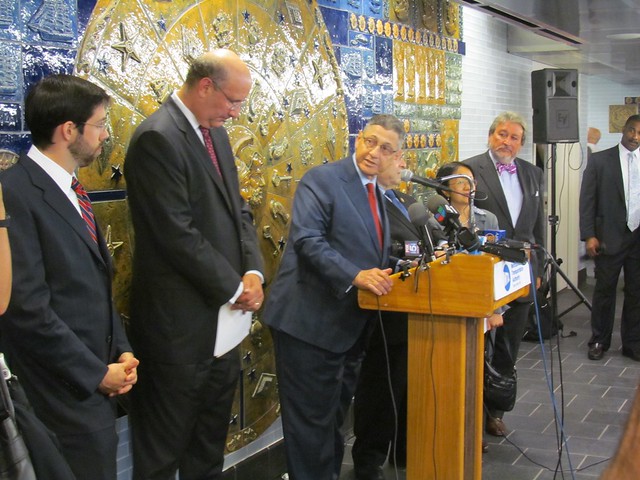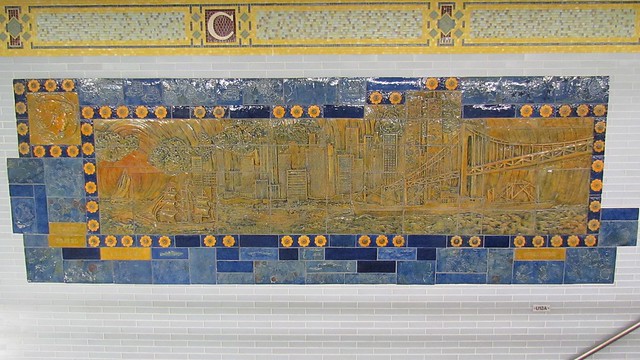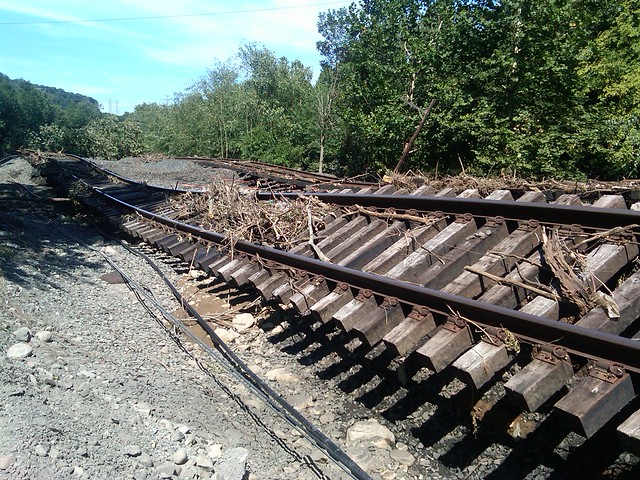A few weeks ago, word got out of a few new FTA reports concerning the MTA’s ongoing big-ticket capital items. Initially, we learned that the Federal Transit Administration believed the MTA’s current launch dates for the Second Ave. Subway and East Side Access project were premature. Instead of a 2016 revenue service date, the FTA expects SAS and ESA to open in 2018. That was not, apparently, the only key finding in the reports.
As The Post details, turnover at the top of the management structure for these projects has become a major issue for the MTA. Brain drain, it seems, isn’t just limited to the Chairman’s spot. Jennifer Fermino has more:
Top managers on mega-MTA projects — who haven’t had raises in four years — are bolting at an alarmingly high rate, leaving crucial positions vacant and prompting concern from federal regulators. The Federal Transit Administration is so disturbed by the high turnover that in two separate reports, they’ve cautioned the cash-strapped agency to quickly bring in experienced managers to fill current and future vacancies on such massive projects as the Second Avenue Subway, according to government reports obtained by The Post. But that likely will be easier said than done. Unlike unionized workers — whose contracts ensure they get annual cost-of-living increases — members of MTA management haven’t had a salary hike in four years.
“There are obviously issues with MTA employees and staffing levels and pay scales,” said MTA board member Mitch Pally, who is on the committee that monitors the agency’s big-ticket projects. “I can assure you that management doesn’t make enough money, especially for people who are experienced,” he said. “These are complicated jobs.”
…Federal regulators lamented the “substantial turnover” among contract and MTA staff managers over the past year in their monthly report on the Second Avenue Subway. The agency “remains concerned that the continued staff shortage may impair proper functioning of the project quality processes,” the FTA said in another report, which suggests they hire more managers. In one area of quality management on the Second Avenue Subway, two of the MTA’s three agency consultants are new. Another outside consulting position in the same division also is vacant, according to the report.
This is what we call a vicious cycle. As unionized workers — those who weren’t dismissed, that is — earned raises and will fight for more, the MTA’s management minds have gotten none, and they’re starting to leave. They can get higher paying jobs at organizations that enjoy greater political and fiscal support than the MTA. So then why shouldn’t they leave? If that story sounds similar, it’s because that’s basically what Jay Walder is doing at the end of October.
The solution, of course, is a politically dangerous one. The MTA must be allowed to raise salaries to remain competitive in a global market. The authority can’t afford to see its projects completed slowly, haphazardly or not at all because its salaries aren’t high enough to attract and retain the leaders they need. Ultimately, this isn’t some great insight into the state of things at the MTA, but it’s a lesson few people in Albany and elsewhere have learned. Now it’s starting to get too late.















 (Nights)
(Nights)

